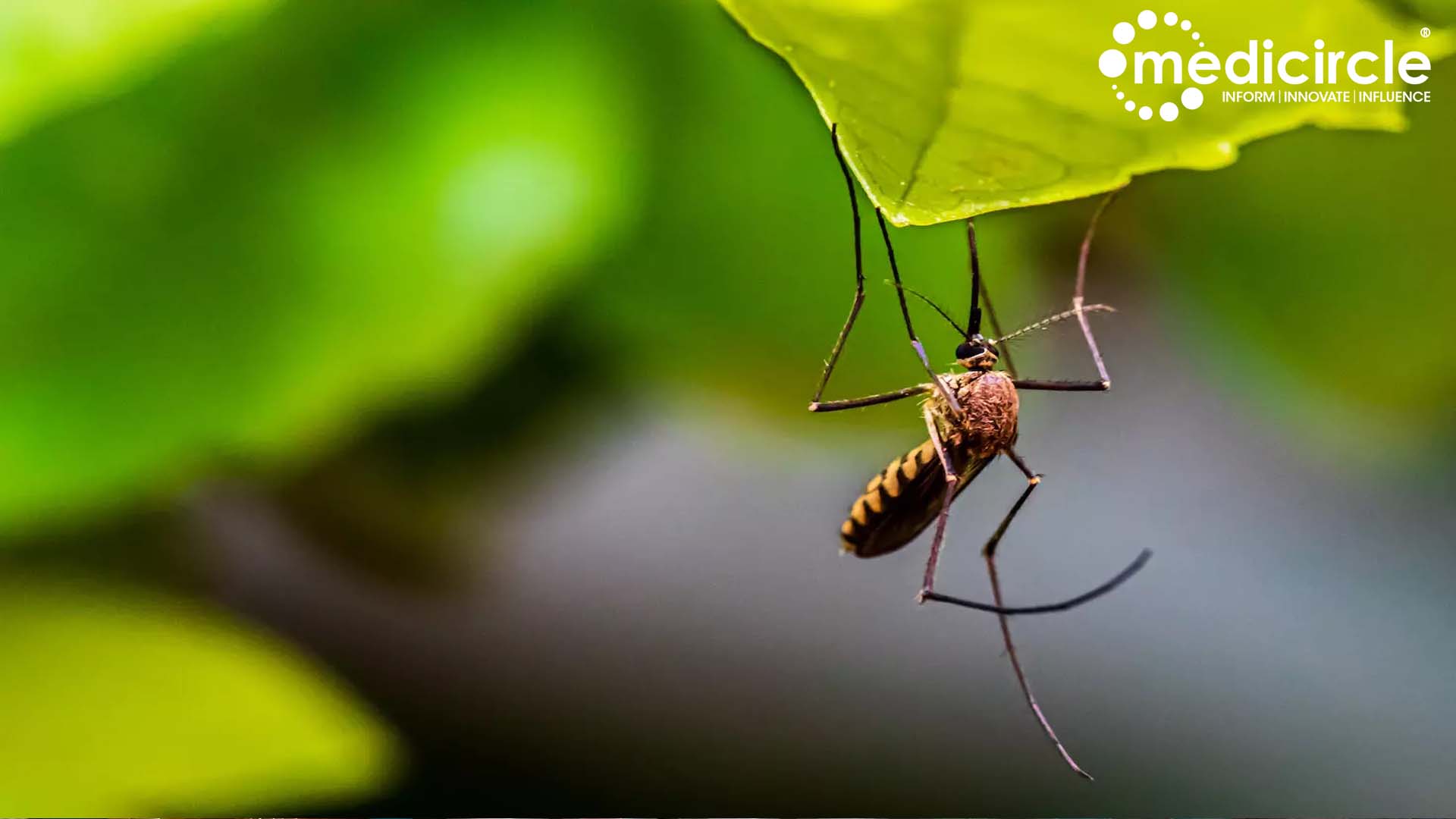Dissociative identity disorder (DID) was previously called multiple personality disorder. People with DID develop one or more alternate personalities. The person may or may not be aware of other personality (alter). The person experiences amnesia when other alter takes control over the person’s behavior. Individuals may experience discomfort, pain, or agony from both the symptoms of DID and the accompanying symptoms like anxiety, depression, eating disorder, obsessive-compulsive disorder, personality disorder, etc.
Dr. Shilpa Jasubhai is a consultant clinical psychologist and independent researcher, who is currently affiliated with Zydus, Shalby, and AIMs hospitals, while also consulting Sandesh (press) and MICA in Ahmedabad, India. She has been practicing in the field for over 15 years and has completed her doctorate in 2007. Since then, she has actively deepened her knowledge in the field, getting certified in Brain Gym, Optimal learning, Vision Circle, Whole brain learning, Educational Psychology, In-Depth, Touch for Health, Neuro-Linguistic Programming, Hypnotherapy, Art therapy, Emotional Freedom technique, Quantum Focusing, Healing Affirmation, Reiki, Essentials of CBT and Access Consciousness. She has been contributing to the development of the field with several published papers and is a speaker in India and globally too. Recently she received an International leadership award as an innovative researcher from RULA in association with United World Counsel and United Medical Counsel and a "Remarkable Researcher award of the year" under, "ISSN GOLDEN RESEARCH PRIZE".
Main traits of Dissociative Identity Disorder
Dr. Shilpa informs, “A history of trauma is a main trait of the dissociative identity disorder. There is a history of childhood abuse in 90% of the cases. Females are more likely than males to get DID. The trauma often includes severe emotional, physical or sexual abuse or it might be related to accidents, natural disasters, a loss of a parent or prolonged periods of isolation due to illness, etc.”
She further explains, “Dissociation means disconnecting, separating or detaching. It is believed that it is used as a defence mechanism by a person to disconnect from stressful or traumatic situations, memories or experiences. By dissociating painful memories from everyday thought processes, a person can maintain a relatively healthy level of functioning in day-to-day life. Sometimes a person adopts an alter for his or her benefit. For example, a shy person may use more assertive, confident alter to get work done either at work or in personal life,” says Dr. Shilpa
Healing strategies from Dissociative Identity Disorder
Dr. Shilpa lists down the following strategies that a person can use to heal himself from Dissociative Identity Disorder:
1. “Accept and understand what is DID
Understanding what the disorder is and what it isn’t will help recognize any comorbid symptoms, identify the triggers and deal with them more efficiently. Accepting and acknowledging that you are suffering from the DID, a person will be ready to take help and talk about it more openly.
2. Develop alternative coping strategies
Unhealthy coping mechanisms will not heal the symptoms, the underlying symptoms, or traumatic experiences and memories. Learn how to recognize the distinct identities, and be more conscious of how they may differ from one another. Try to maintain a diary about each alter and the triggers attached to each alters. This will help you avoid the triggers to some extent. One of the most effective ways of developing an effective coping strategy is to become more mentally resilient. Resilient means an ability to cope with stress or adversity and bounce back much faster. There are no ways you can build your resilience. One of the most effective ways is to restructure your negative inner chatter with more empowering ones.
3. Learn How to control impulsive behaviour
In the beginning, it will be difficult but trying breathing exercises, mindfulness, yoga, meditation will help. Don’t get discouraged if it does not help in the first few efforts. Creating a timetable and to-do list can help with impulse control. Identifying the times when you are most likely to act impulsively. Document times when you act impulsively. Create a specific act or routine when you are likely to behave impulsively. For example, you may plan to go for a walk or meet a close friend when you think you are going to act impulsively.
4. Practice relaxation techniques
One of the major causes of anxiety, stress or depression is negative inner chatter. This inner chatter is very overwhelming and can create havoc. Buddha described this inner chatter as monkey chatter. Learn different techniques to control negative inner chatter, e.g heart focused breathing, mindfulness, meditation, listening to theta music, affirmation, develop a hobby, physical exercise, etc.
5. Create a daily routine
Creating a daily schedule or routine is extremely important when you are coping with a dissociative identity disorder. Creating a schedule can help you stay grounded, be in present, will help you guard yourself against unexpected situations that can create stress or impulsive behaviour, and will help you stay focused when you are moving between different areas of consciousness.
6. Form a support network
Generally, a person tries to hide it from others and isolates themself. Instead of closing yourself you can look for online support groups, find Facebook groups, or find organizations that helps connect with other people. It is very important to have a good support system for mental wellbeing. Support groups help you realize that you are not alone and you will be able to find friends that you can confide in.
7. Seek professional help
The goal of the treatment for DID is to relieve symptoms and reconnect the different personalities into one identity. It also aims to help the person express and process painful memories, develop new coping skills and improve relationships. The treatment depends on the individual, the nature of any identifiable triggers, and the severity of the symptoms. Most accepted and known treatments include psychotherapy, cognitive-behavioral therapy, dialectical behavior therapy (DBT), eye movement desensitization and reprocessing (EMDR), hypnosis, creative therapy, family therapy, mediation, energy healing, etc. As such, there is no medical treatment for DID but normally a person is treated for comorbidities. Usually, the treatments are long and painstaking,” mentions Dr. Shilpa.
Children and DID
Dr. Shilpa emphasizes, “The cause of DID is related to the person’s exposure to a traumatic situation. The prevention of DID depends on minimizing the exposure to traumatic incidents that a child faces in form of physical, emotional, and sexual abuse. Small children have magical imagination. It’s an age when children represent or personify stuffed toys and believe in Santa Claus. At times the displaced thoughts and feelings are difficult to handle for them. In this situation, they may put these thoughts and feelings on other alters or entities. It’s a normal developmental stage a child goes through. When they are faced with traumatic events like physical, sexual or emotional abuse they don’t know how to cope with the situation. For example, if a little girl is being abused at night and has to wake up the next morning and go to school, do homework, and see that no one gets angry at her, she thinks it is happening some other girl. She displaces it onto another character of herself. She doesn’t how to cope. She can’t go to her parents, since that is the origin. They feel like there are other people inside her, and they can’t tell anybody. Try to help these traumatic survivors to deal with their past traumas and fears more effectively and positively,” explains Dr. Shilpa
People suffering from DID do not harm others
Dr. Shilpa highlights, “It’s a myth that people with DID are dangerous or violent. In reality people with DID are not violent or dangerous. Normally due to prolonged exposure to trauma and abuse they rarely become violent. They are more fearful and most of the time isolate themselves. The way media portray the condition are often defaming and make a person who has DID seem dangerous, violent and unpredictable. The fact is there are only 2 percent of the population who is suffering from dissociative identity disorder. Due to the stigma, people with DID are hesitant to seek professional help or confide in to loved ones,” says Dr. Shilpa.
How to help a friend with DID
Dr. Shilpa advises, “When you find out that you have a friend with dissociative identity disorder, your first instinct may be to feel frightened. However, these doubts and fears are baseless. Dissociative identity disorder is a mental health condition with trauma being its main trait. The people who have it are not threatening and they’re just as deserving and capable of love, affection and understanding as everyone else. Learning about DID can help you understand what your loved one is going through and teach you how to support him/her. By educating yourself can help you avoid the triggering the trauma that your friend is trying to cope with.”
She lists down the following ways through which a person can help someone with dissociative identity disorder:
1. “Stay calm during switches
Sometime a switch between alters happen very subtly and sometimes the change can be more dramatic and confusing. It’s like one moment you’re talking to your friend and in the next moment, it’s as if an entirely different person is occupying the body. It is even more upsetting for the person who is experiencing it, especially if they are experiencing aggression or fear. Try to be calm and support your friend even when the situation is stressful or confusing.
2. Learn how to identify and avoid triggers
Personality shifts happen by triggers. Individuals with DID may be triggered by anything that creates a strong emotional response like certain places, smells, sounds, senses of touch, etc. Try to find out what triggers your friend either by talking to him/her or observing the behaviour and help him/her to avoid those triggers.
3. Keep a watch on your physical and mental wellbeing
It can be very emotionally exhausting being close to someone with DID and hear about childhood traumatic experiences. Try to be mentally and physically fit.
4. Encourage your friend to seek professional help
Convince your friend to seek professional help as it can be extremely beneficial especially when a persona has other co-occurring mental health condition. An individual will learn to recognize the root of the trauma, identify triggers, learn how to cope effectively with the switches between the alters. Due to stigma people don’t seek help,” advises Dr. Shilpa.
(Edited by Amrita Priya)
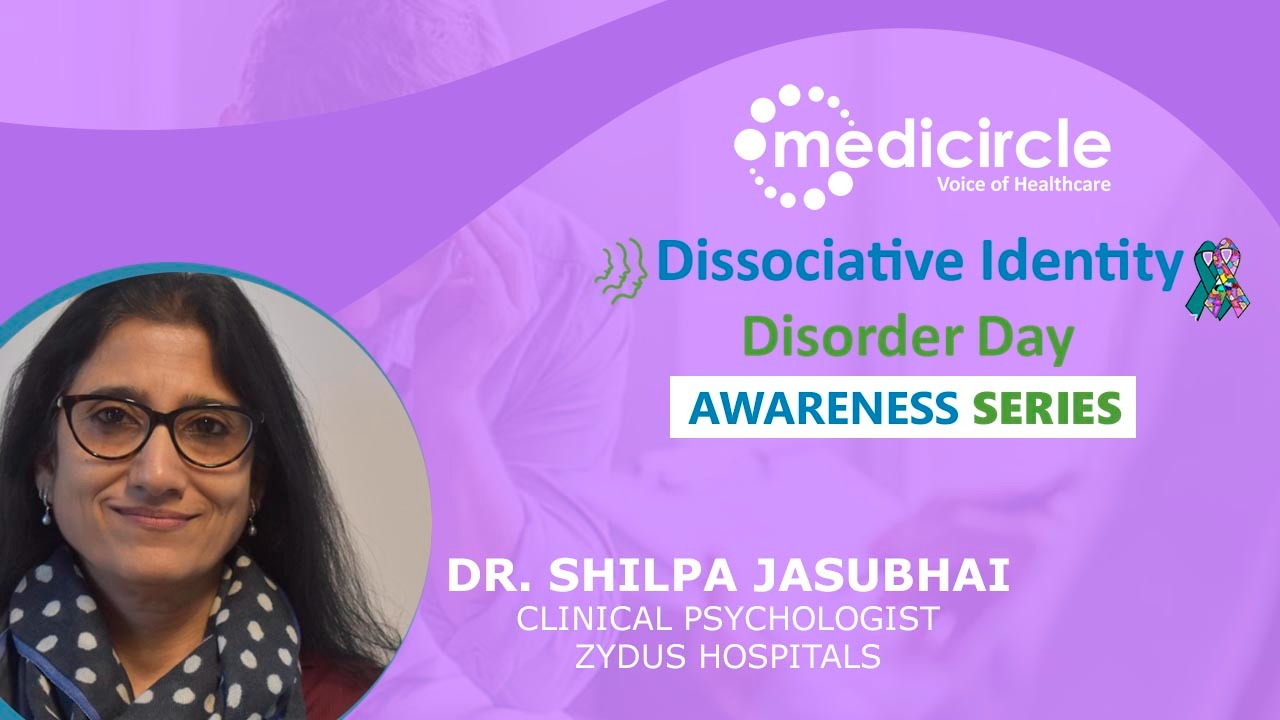
 Dr. Shilpa Jasubhai, Clinical Psychologist, highlights main traits of dissociative Identity disorder, healing strategies from DID, how to help a friend suffering from this disorder and how children get affected in context of DID.
Dr. Shilpa Jasubhai, Clinical Psychologist, highlights main traits of dissociative Identity disorder, healing strategies from DID, how to help a friend suffering from this disorder and how children get affected in context of DID.












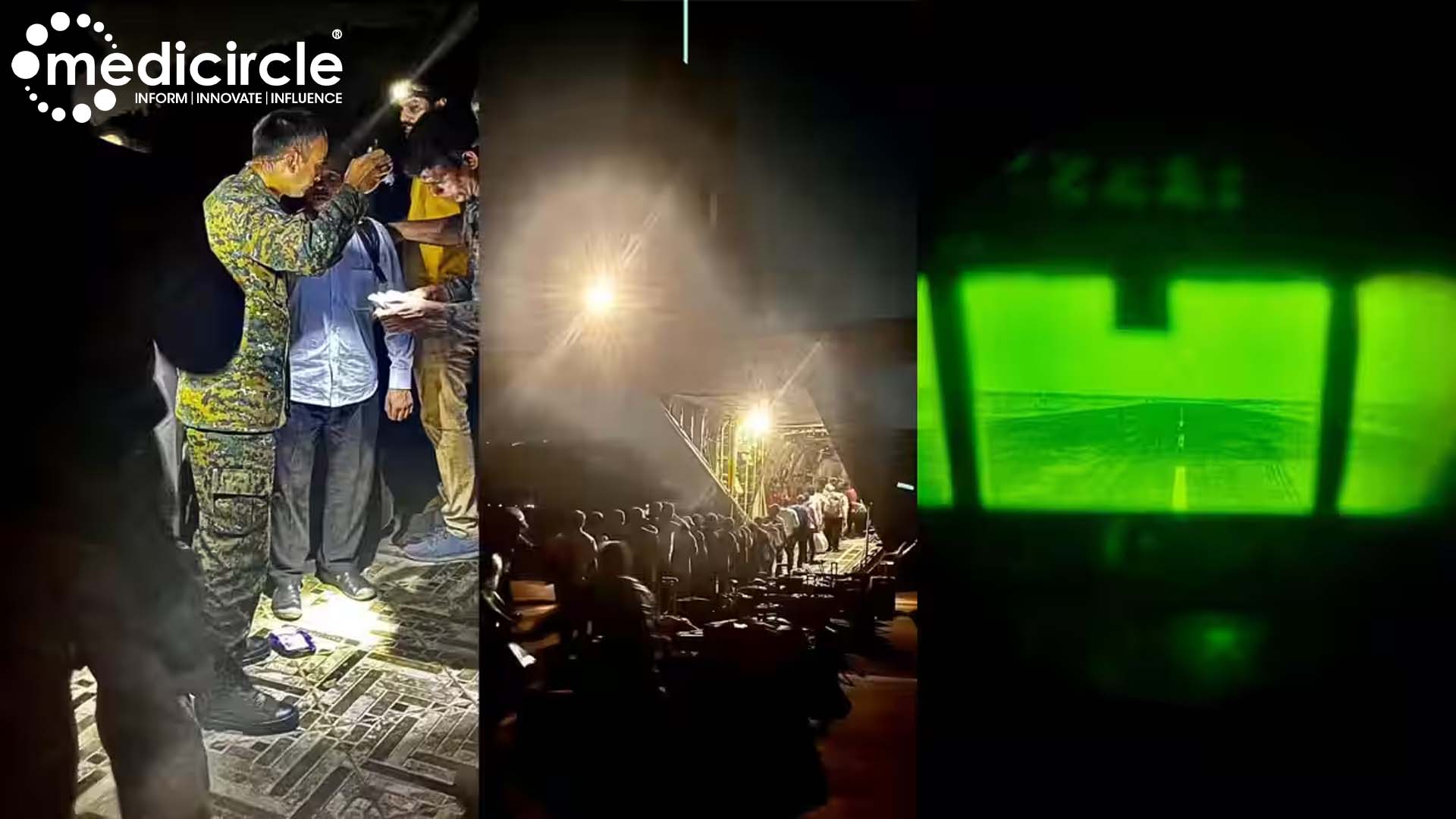

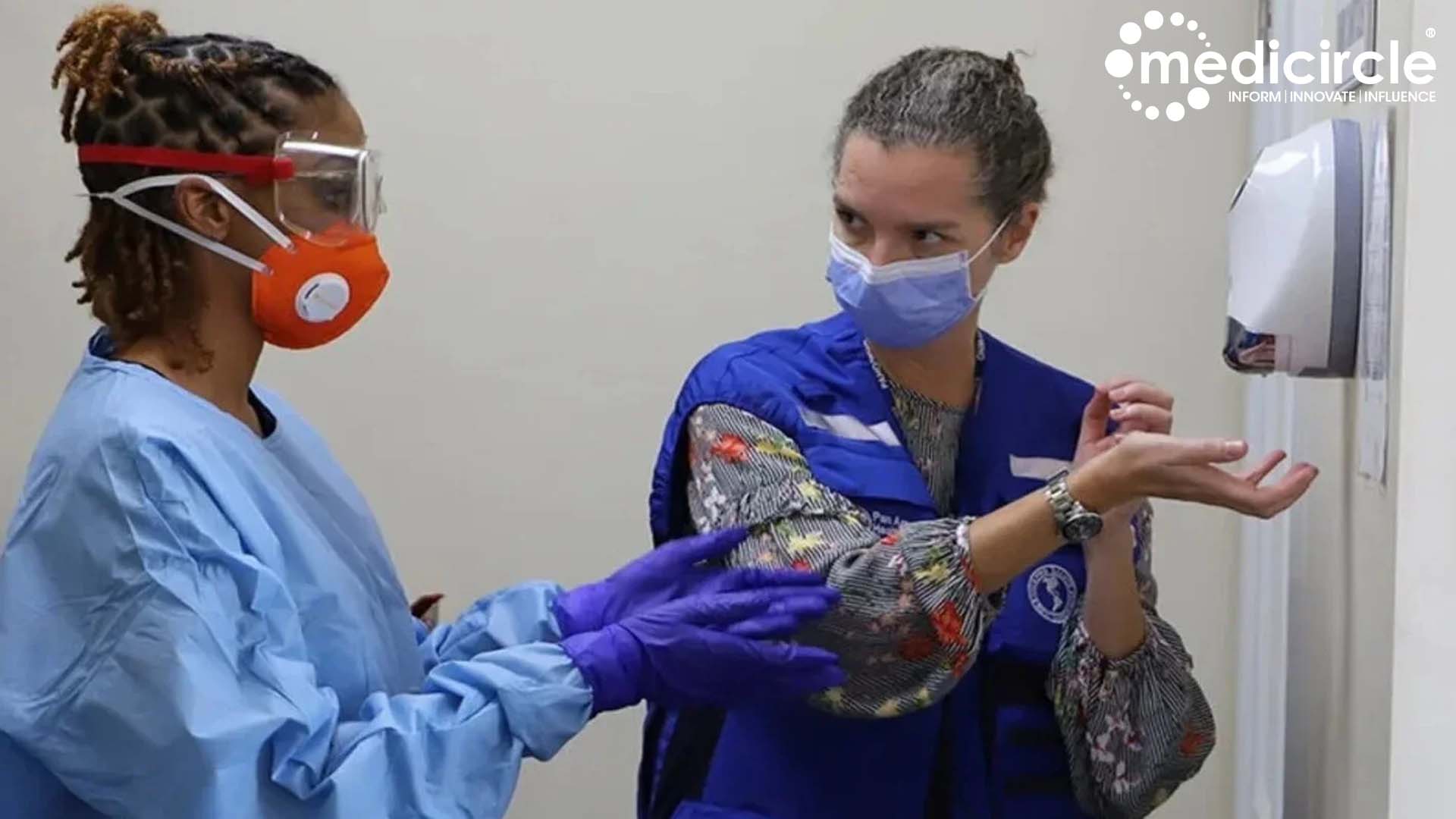



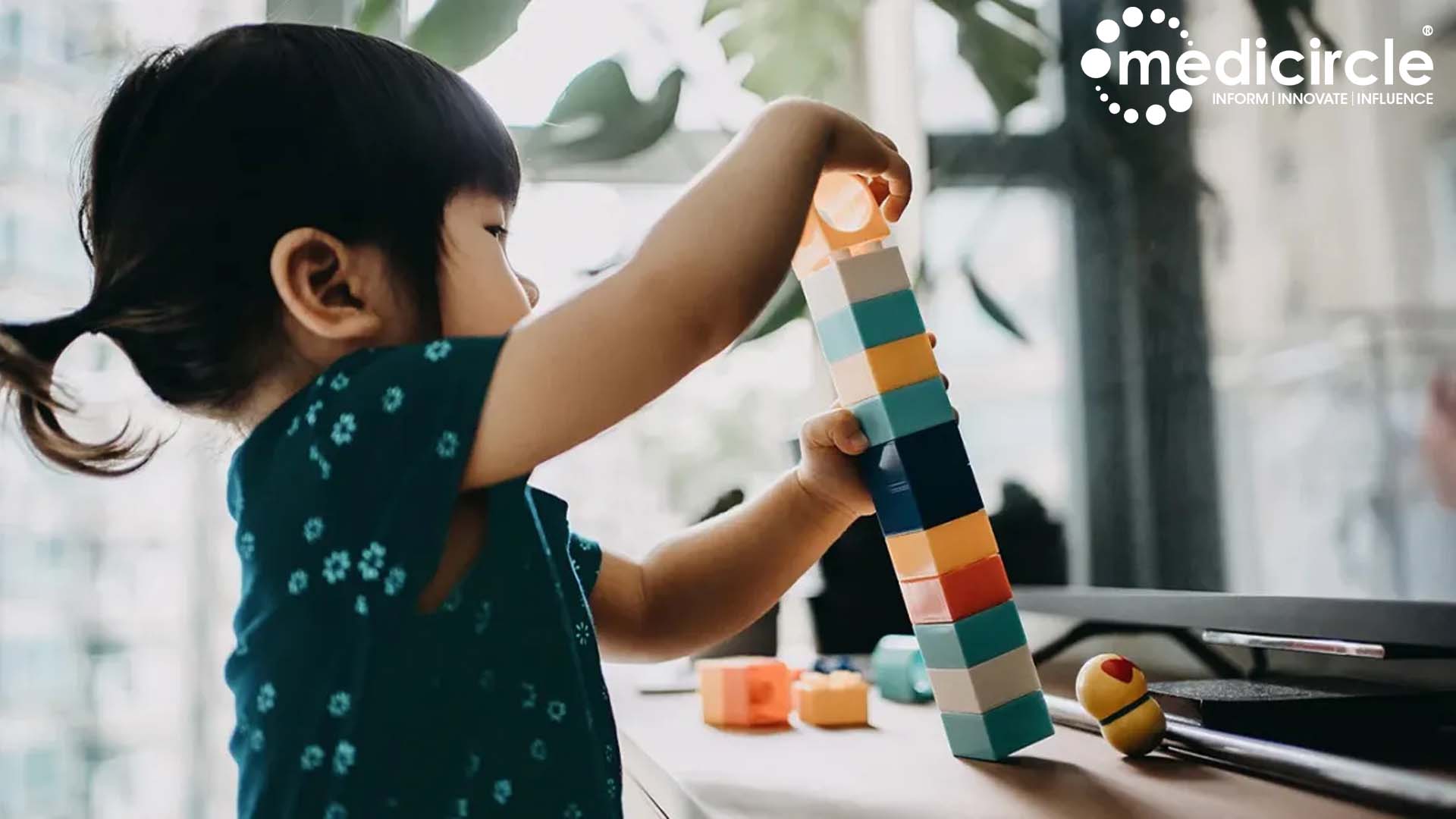
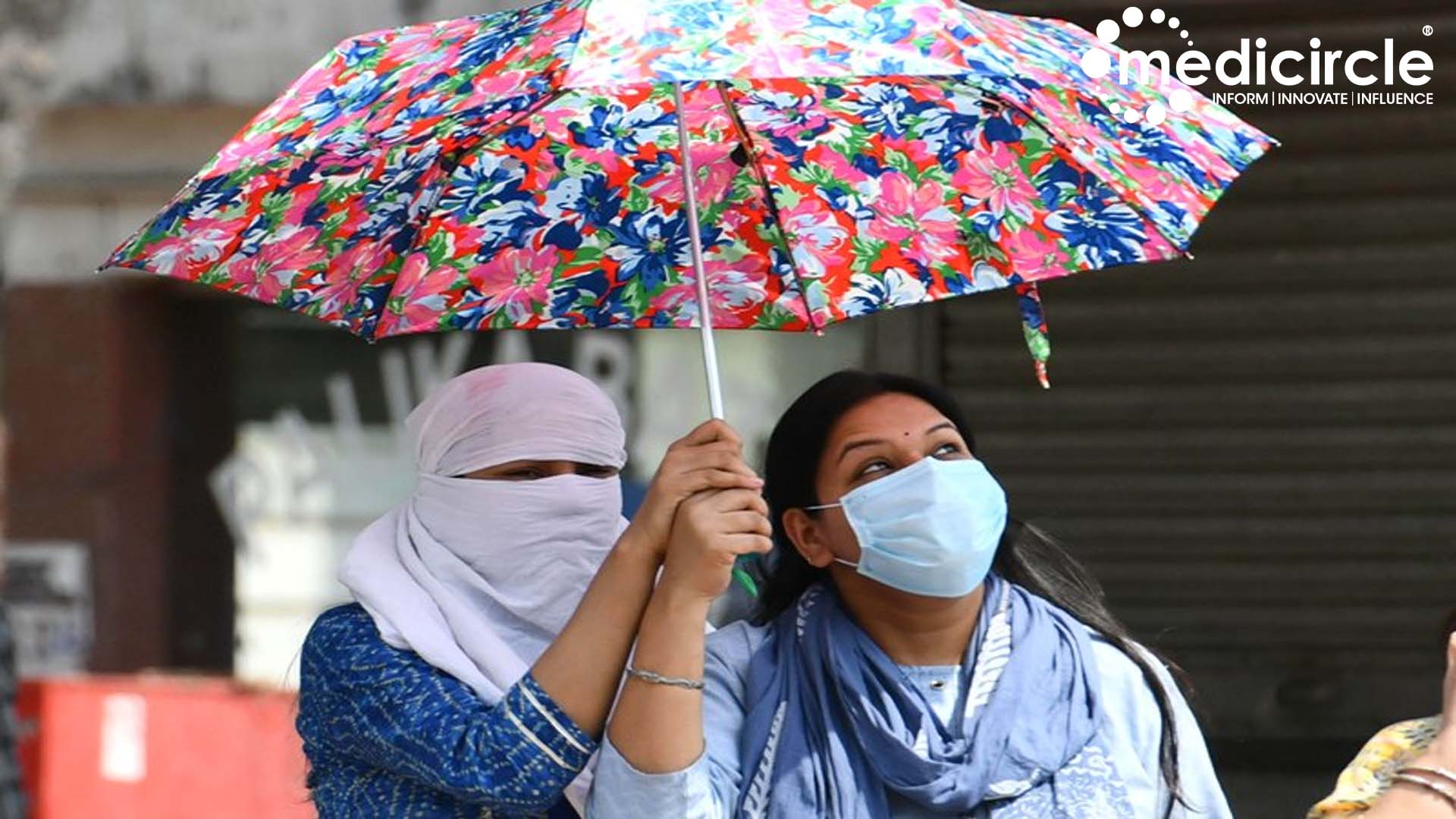
.jpg)


